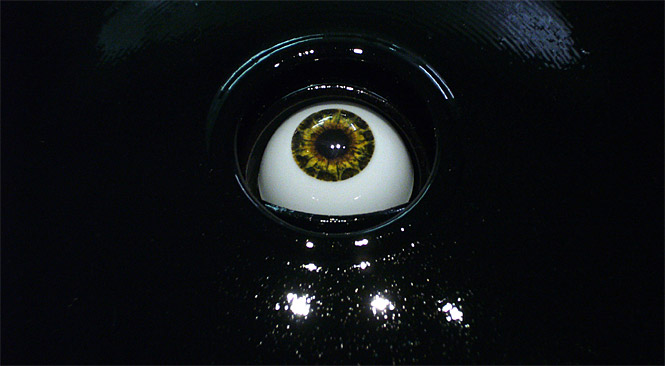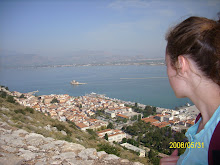Each work in the series is based on a digitally recorded memory of an event, some are personal and some represent a collective memory. They are manipulated and used to transform an object mounted on the wall. None of the original memories is an image or a sound. "These works explore the characteristic of hiddenness common to both human and computer memory. Memories are hidden and have to be transformed to be represented."
I think the idea of memories represented in art is one of the most interesting expressions of art. We all have memories so when we see a representation of a memory, but the only representations we have are either photographs or video or an object triggers the memory. Memories are usually not very clear so recreating the experience of them in real life is difficult. Campbells portraits of his mother and father do a good job of expressing the memories, especially the one of his mother that fogs up with his breath. It connects the physical body with the memory as if it is in a person's mind and they are remembering her with every breath. The fogginess also represents how we see the memory in our minds well.

Photo Of My Mother, 1996 Custom electronics, glass, photograph, LCD material, 1' x 4' x 1' "A photograph of my mother slowly transforms from foggy to clear at the rate of My Breath as digitally recorded for one hour, as though I am breathing on the glass in front of the photograph."
Portrait Of My Father, 1994-95 Custom electronics, glass, photograph, LCD material, 1' x 4' x 1' "A photograph of my father is visible for an instant and then disappears. This process happens over and over again at the rate of My Heartbeat which was recorded over an 8 hour period one night while sleeping. "
Source: http://jimcampbell.tv/






